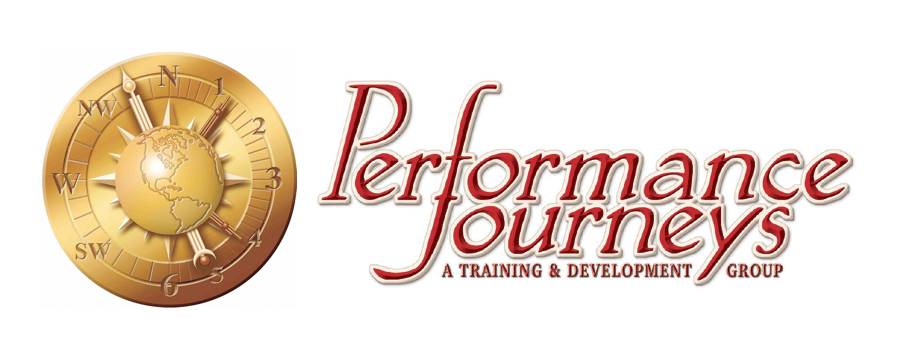Here are key concepts we cover in our leadership programming:
Visionary Leadership.Great leaders share a vision and rally others around it. Learn the power of an effective mission and set of values for pointing the entire organization in the same direction.
Types of Leaders.Leadership is not just positional—as important as that is. It is also demonstrated spontaneously and personally. Leadership excellence means not just great leaders, but leaders at all levels of the organization.
Leading by Influence. Distance yourself from directive, controlling methods of managing others and apply tools of influence that enable employees to emerge as leaders who hold themselves accountable for attaining results.
Focusing on Relationships and Results. It’s not just about working together. And it’s not just about attaining results. It’s about effectively working together with others to achieve high performance.
Leading vs. Managing Teams. Learn the tools of influence that allow members of a team to all emerge as leaders that hold themselves accountable in attaining results.
Establishing an Affiliation/Achievement Culture. It’s not just about working together. And it’s not just about attaining results. It’s about effectively working together to achieve high performance. We’ll look at creating a culture for doing just that.
Leading in Conflict. While conflict happens, managers need to know what they can do to proactively prevent it from becoming a bigger conflict, as well as know how to respond when it does flare up.
Collaborating for Results. What are the ingredients for collaboration? How does collaboration differ from simply getting along? Learn how to work across teams to accomplish the kind of shared results that build success.
Seeking Collaboration, Not Competition. There’s a time and place for competition. But we’ll also show you how working from an abundance mentality can yield greater results.
We are certified Total SDI facilitator, offering strengths-based assessments; and also offers the Change StyleIndicator in improving change effectiveness. Both assessments are ideal for fostering conversation around team dynamics.
